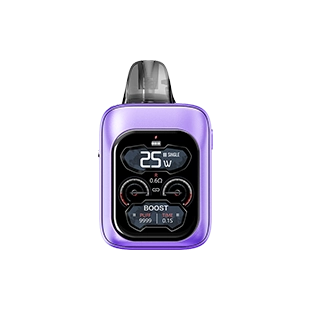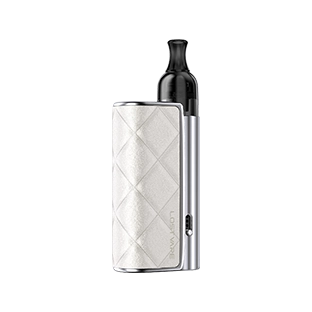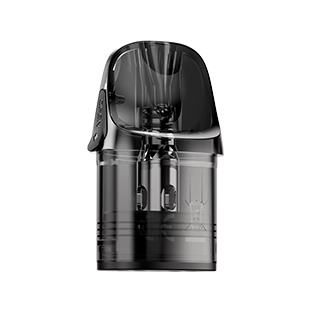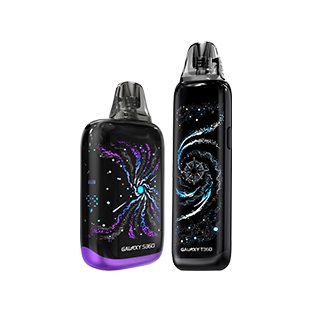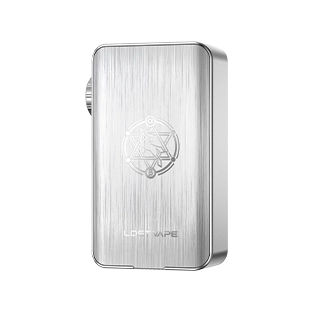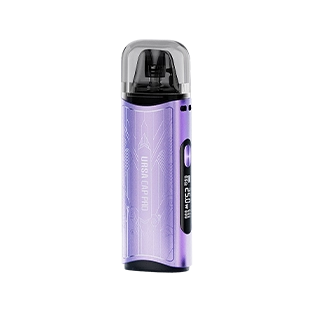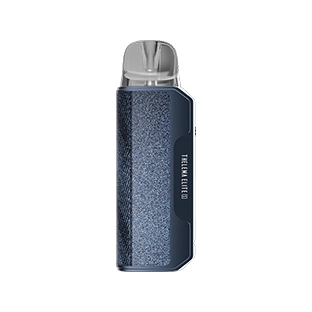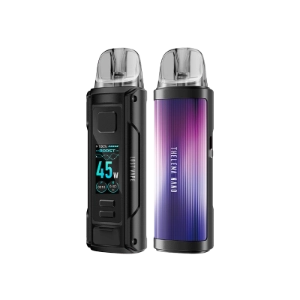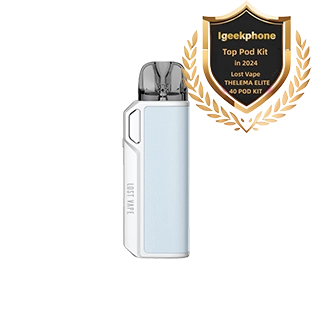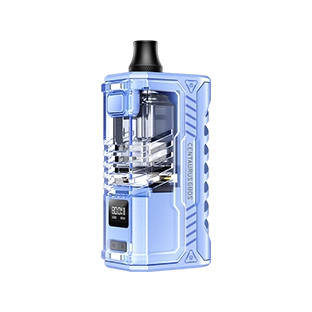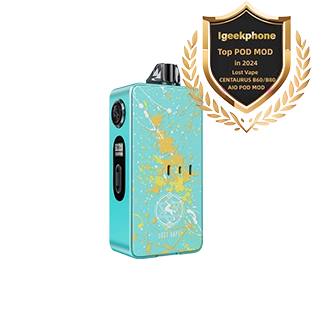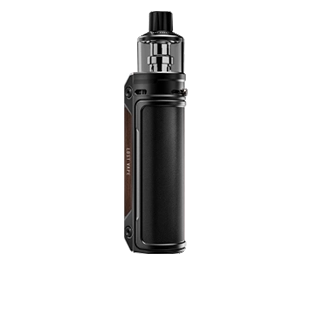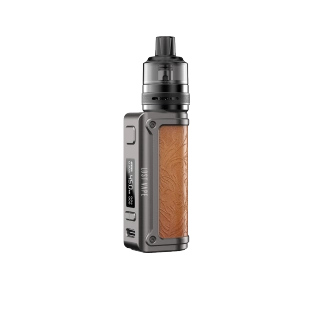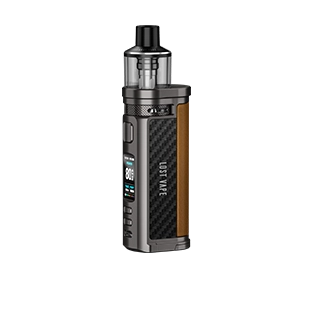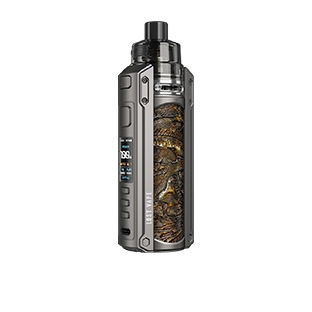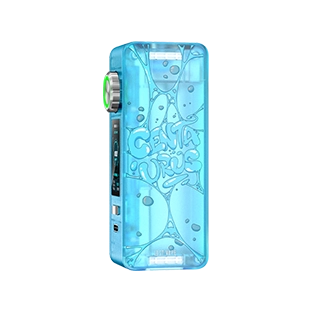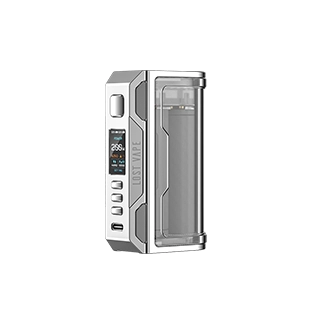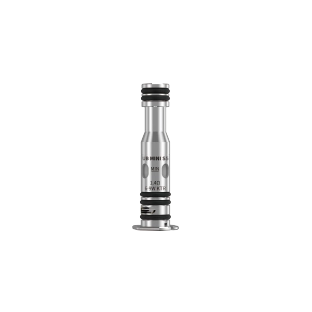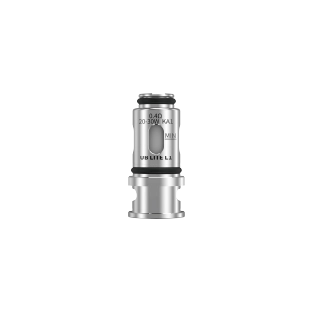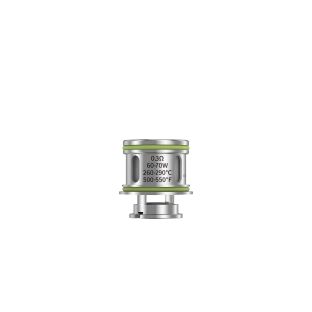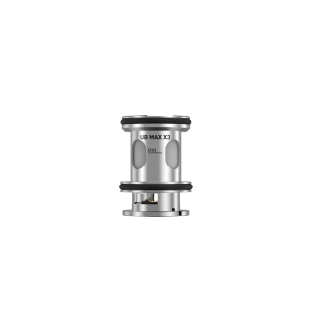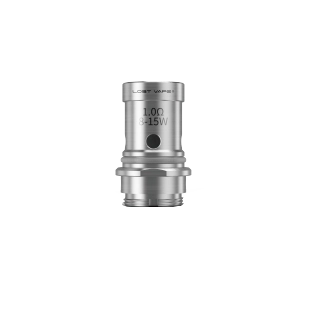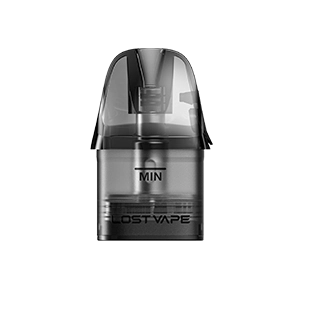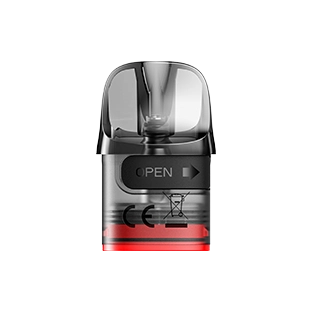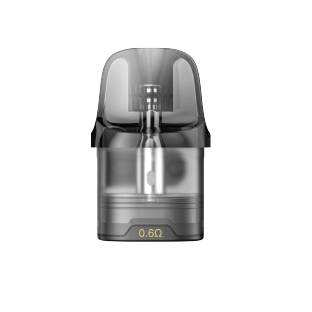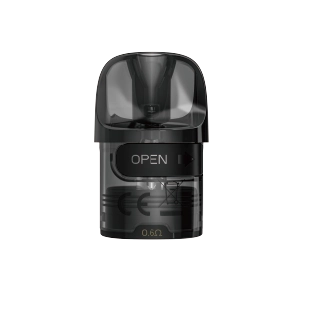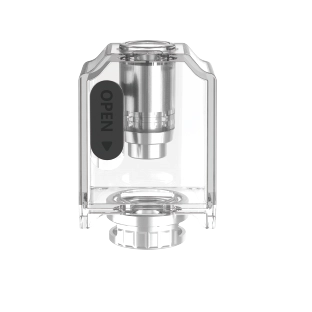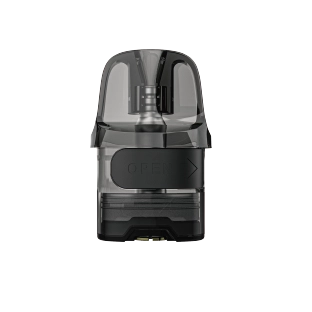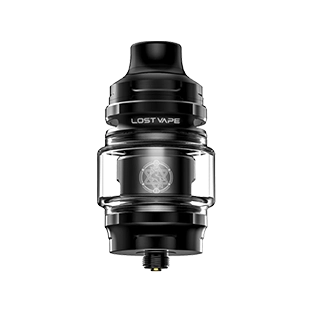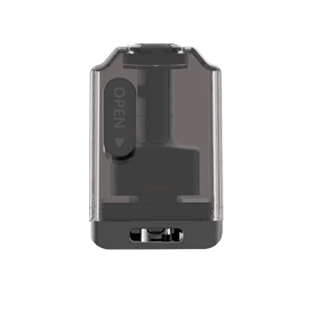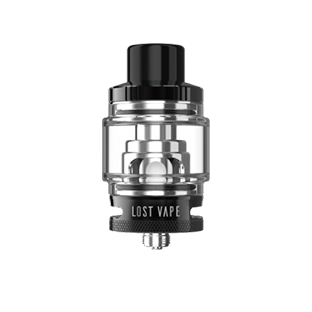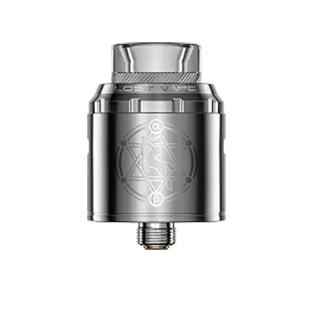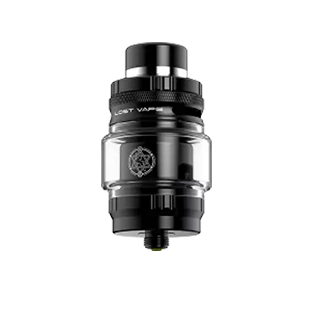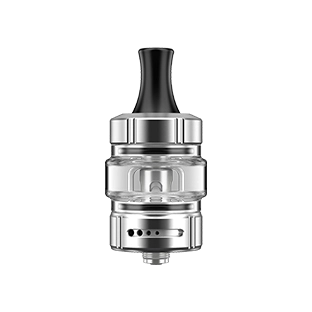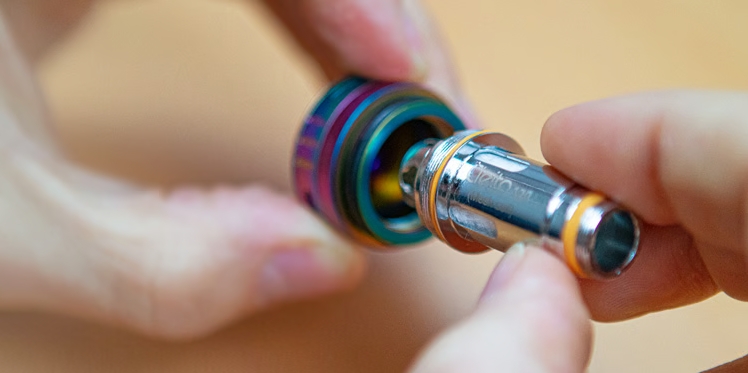
May 13, 2025 / Blog / By administrator
How to prevent vape pod coil delamination?
Coil delamination in vape pods occurs when the internal windings of the coil separate from the outer shell or lose close contact with the wicking material, resulting in uneven heating, burnt odors, and reduced vapor volume. Inconsistent coil integrity can lead to hot spots, which accelerate e-liquid degradation, shorten coil life, and even inhale metal particles that can harm health. Coil delamination can occur due to thermal stress, improper adhesive selection, and suboptimal coil materials. Lostvape addresses the root causes of delamination from manufacturing controls to end-user maintenance practices, allowing vape pod users to enjoy consistent performance and longer coil life.
Selecting High-Quality Coil Materials and Adhesives for Vape Pod
The coil assembly is at the heart of a vape pod, typically composed of a cotton wick or ceramic core wrapped with kanthal, nickel-chromium, or stainless steel wire. However, temperature fluctuations can weaken the bond joint without proper bonding between the coil and frame, leading to vape pod coil delamination. Lostvape uses medical-grade ceramic adhesives with high thermal stability and low outgassing to ensure the bond remains intact after thousands of heating cycles. Additionally, we source coil wire with precise alloy compositions to guarantee consistent resistivity and thermal expansion rates, thereby minimizing mechanical stress at interface points. During the coil winding process, an automatic tensioner maintains uniform winding. In contrast, a post-winding heat-curing process stabilizes the adhesive bond. It burns off any volatile residue, providing a safer, more reliable vaping experience and reducing the frequency of user-initiated complaints and device failures.
Proper vape pod coil priming and soaking techniques
Improper priming, lighting the coil before it is fully saturated, can result in uneven heating of the dry spot, which stresses the bond between the wire and the wick. To further prevent vape coil delamination, a multi-step priming regimen is recommended: First, apply 2-3 drops of e-liquid directly to the exposed coil to saturate the wick. Second, fill the e-liquid reservoir. Third, let the e-liquid reservoir sit for at least five minutes to allow the e-liquid to penetrate the wick fibers. Fourth, start vaping at a lower wattage and gradually increase to the target wattage over 5-10 puffs. This controlled rise ensures the coil is heated evenly, keeping the adhesive bonded and preventing tiny gaps that could spread into full delamination. Gently rotating the pod during resting promotes even moisture absorption throughout the fiber bundle, further mitigating the formation of isolated dry areas that affect coil adhesion.
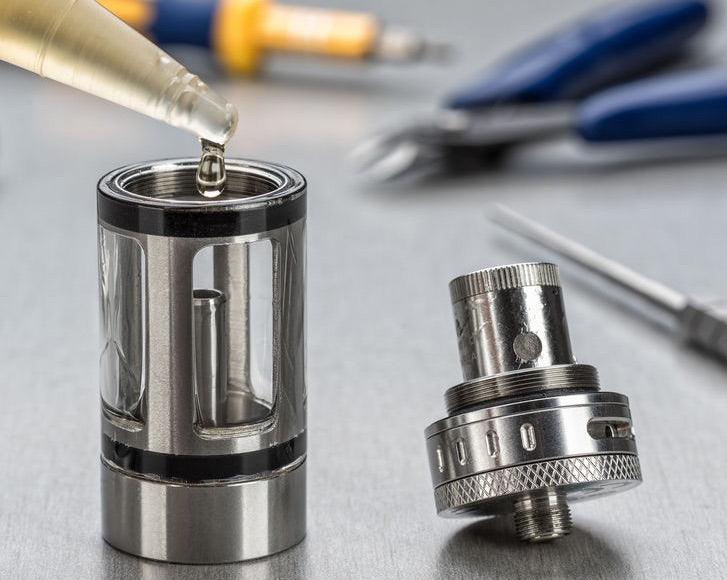
Use compatible e-liquids to maintain coil integrity.
High concentrations of sweeteners or certain flavoring compounds caramelize on the coil’s surface, forming an insulating shell that locks in heat and stresses the bond between the vape pod coil wire and the core. We recommend choosing an e-liquid with a balanced VG/PG ratio, typically 50/50 to 70/30. And avoid high-sugar formulas with more than 10% sweeteners. In addition, using high-purity nicotine salts or freebase nicotine with a known pH can reduce long-term corrosive effects on coil materials. Flavoring blends containing citrus may be more acidic, so we recommend using a neutral pH e-liquid regularly to clean residue and keep the coil healthy. By standardizing on compatible e-liquids designed for vape pod systems, users can minimize residue buildup, maintain consistent heat transfer, and significantly reduce the likelihood of coil delamination, extending the life of each vape pod coil and optimizing overall device performance.
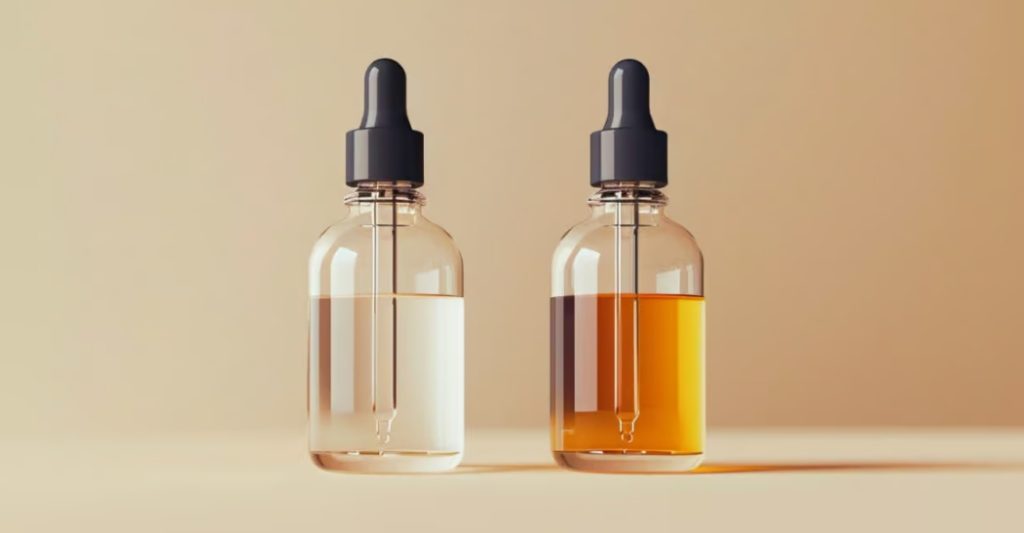
Routine Cleaning and Maintenance to Prevent Cartridge Delamination
Proactively maintaining your vape cartridges can prevent coil delamination caused by debris buildup and corrosion. Experts recommend removing the cartridge weekly, draining the residual e-liquid, and gently rinsing the cartridge body with warm water while avoiding immersion of the coil’s bottom in water. For stubborn residue, use a cotton swab dipped in isopropyl alcohol to clean the mouthpiece and cartridge contacts, and then air dry thoroughly before refilling. Periodically perform a 2-3 second dry burn at low wattage to burn off light grime, and then cold draw with a cotton cartridge to remove deep deposits. In addition, inspect the O-rings, seals, and suction ports for signs of wear or residue buildup, and replace components as needed to maintain airtightness and optimal suction performance. These maintenance steps maintain the thermal bonding of the vape pod coils and prevent insulation degradation.
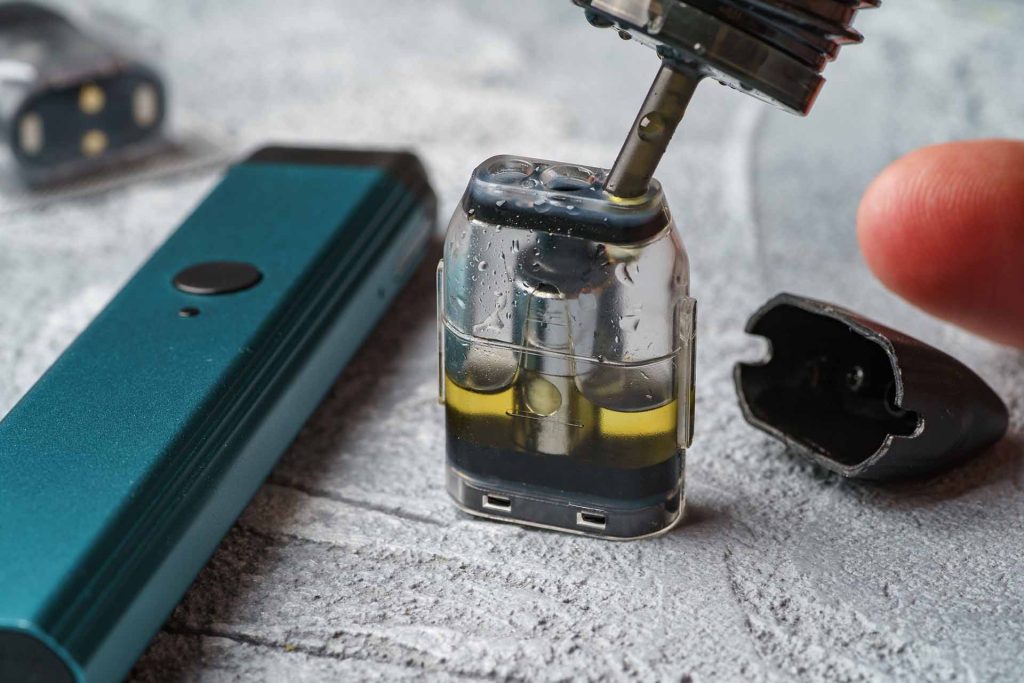
Optimize Power and Airflow for Even Heating
Excessive power can create hot spots that exceed the thermal limits of the adhesive, while restricted airflow can lead to uneven temperature distribution and localized overheating. Lostvape’s devices feature intelligent power control, memory presets, and adjustable airflow slots to fine-tune cooling around the coil. We recommend initially setting the power at the lower end of the coil’s rated range and then gradually increasing until the desired vapor and flavor are achieved, ensuring that the coil surface does not exceed the maximum temperature of the adhesive. Maintaining consistent airflow, neither completely closed nor completely open, promotes even heat dissipation and prevents scorching, allowing users to maintain the structural integrity of the vape coil and minimize adhesive degradation.
Ensure Reliable Coil Performance
Using high-quality coil materials and adhesives, applying a rigorous pre-treatment and cleaning regimen, selecting compatible e-liquids, and optimizing device settings can ensure that every vape delivers consistent, long-lasting performance. By following these guidelines, vapers can enjoy a smoother taste, strong vapor output, and significantly reduced delamination.

